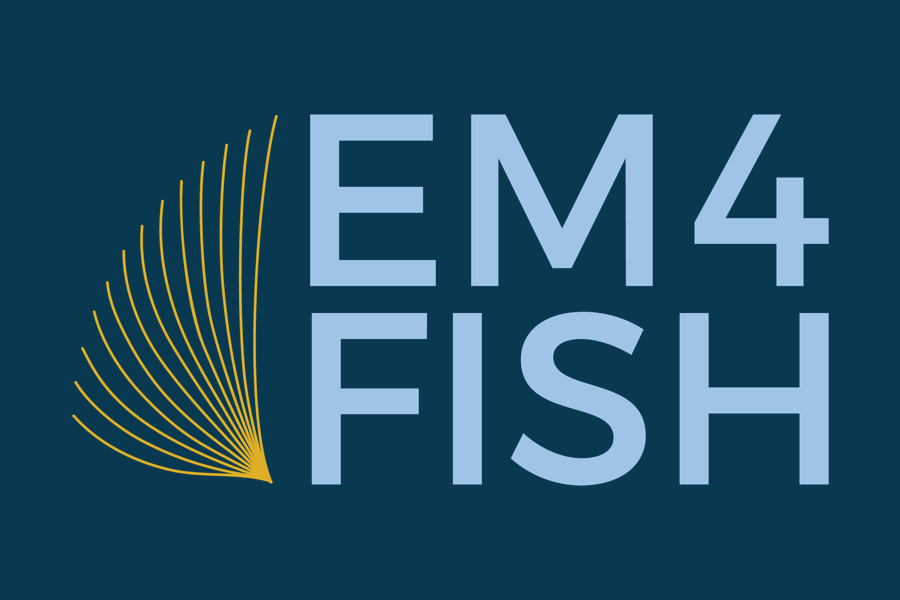After almost 15 years of small-scale trials, EM is now confirmed as part of New Zealand’s commercial fishing future. The New Zealand Minister for Primary Industries has announced that commercial fishers in New Zealand will soon be electronically reporting their catch, automatically communicating their fishing positions, and operating on-vessel cameras to monitor fishing activities. The new measures will be introduced from 1 October 2017 for electronic catch reporting (ER) and geospatial position reporting (GPR), and phased in from 1 October 2018 for electronic monitoring (EM). Together, the measures comprise IEMRS, New Zealand’s new Integrated Electronic Monitoring and Reporting System for the commercial fishing fleet.
The purpose of the new IEMRS system is to provide verifiable, accurate, integrated and timely data on commercial fishing activity to inform fisheries managers in industry and government. The “I” for integration in IEMRS recognizes that the components of IEMRS are more effective together than each would be separately. Integration will, in the first instance, occur onshore. Ministry for Primary Industries staff are currently working to develop systems and software tools to link ER, GPR and EM information streams.
Past trials of EM in New Zealand fisheries have included vessels operating in trawl, gillnet, and demersal and pelagic longline fisheries. These trials have all shown the potential of EM to meet a range of information-collection objectives. However, EM has not been widely used by Government as a monitoring tool because it was voluntary, and the legislative framework did not provide for it. Now, new regulations are in development for IEMRS that will make EM mandatory. Human observers will continue to be part of New Zealand’s suite of monitoring approaches for commercial fisheries. Together, human and EM functions will provide for better monitoring coverage than has ever been achieved in the past.
Commercial fishing permit holders will be responsible for the acquisition, installation and operation of the technology required to comply with IEMRS. About 1,200 fishing vessels comprise the New Zealand commercial fleet. Less than 50 of them currently have EM onboard in any capacity.
For more background on IEMRS, the public consultation document is here, and the recent decisions on IEMRS, including EM, can be found here.
To find out more about the New Zealand program including opportunities for suppliers to engage, please contact me at johanna@jpec.co.nz.
Johanna is a New Zealand-based consultant working on fisheries and other marine management issues. She is currently contracted to the New Zealand Ministry for Primary Industries, working on IEMRS.

